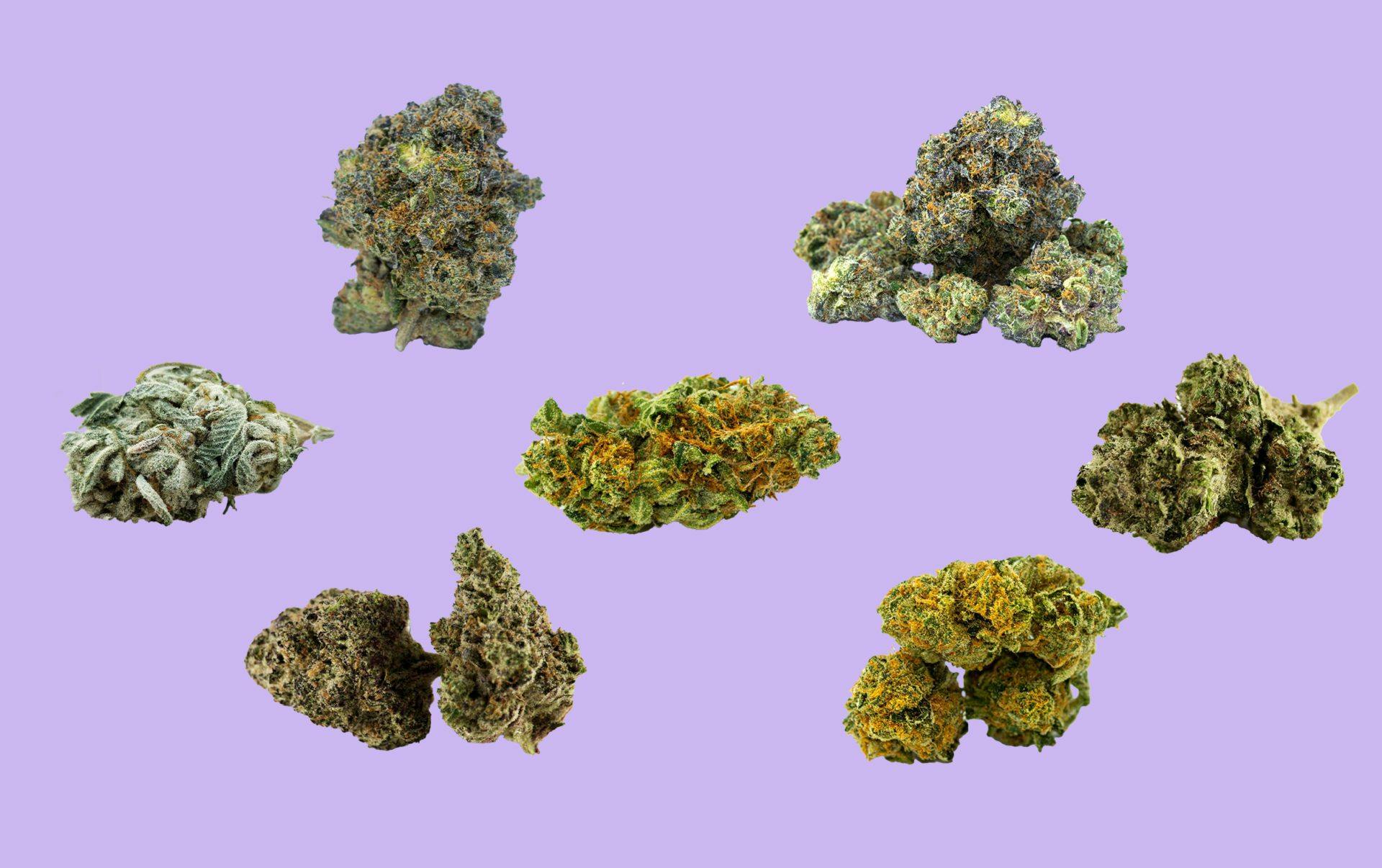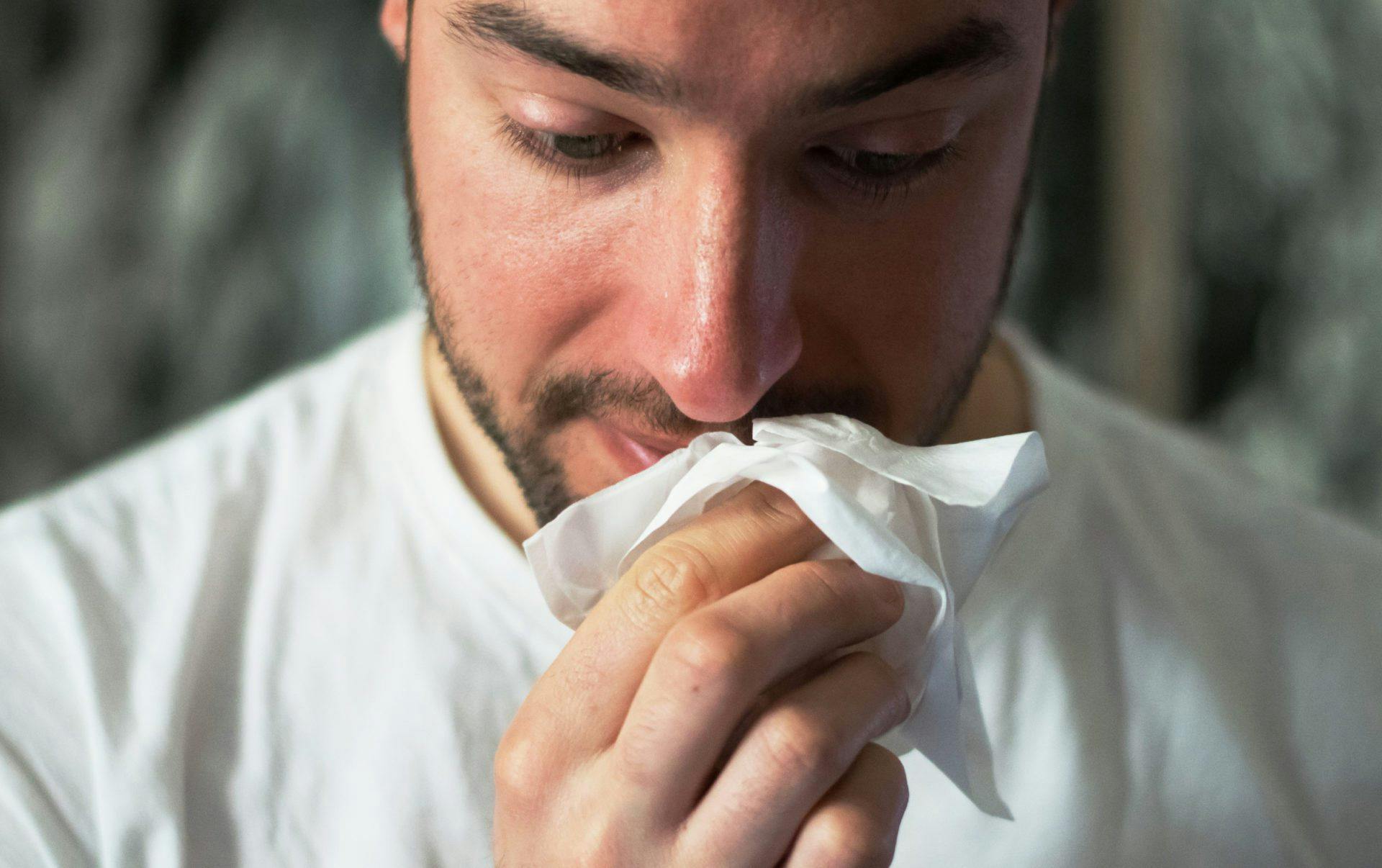Marijuana Withdrawal: Is It Real?

Article written by

Dipak HemrajHead of Research and Education
Content reviewed by

Dr. Lewis JasseyMedical Director - Pediatric Medicine
Marijuana withdrawal or cannabis withdrawal syndrome (CWS) occurs when a regular marijuana user abruptly discontinues their use. This produces a characteristic withdrawal syndrome recognized by the Diagnostic Statistical Manual of Mental Disorders (DSM-V) as a criterion for cannabis use disorders.
Cannabis withdrawal syndrome is mild when compared to other withdrawal syndromes. While the experience is unpleasant, it is rarely dangerous. Despite debates around the legitimacy of marijuana withdrawal, researchers are coming to realize that marijuana can be addictive and thus associated with dependence and withdrawal symptoms.
Get your medical marijuana card
Connect with a licensed physician online in minutes.
What Causes Marijuana Withdrawal?
Marijuana withdrawal occurs when an individual who regularly uses marijuana either heavily reduces their use or stops altogether. Symptoms of withdrawal will be most apparent in those with daily use that has lasted for months, and individuals with intermittent use aren’t likely to experience withdrawal symptoms.
When an individual is actively using marijuana, the cannabinoid Tetrahydrocannabinol (THC) binds to endocannabinoid (CB1) receptors in the brain. This promotes many of the pleasant, relaxing characteristics of cannabis. If the individual regularly uses marijuana, the brain compensates for this repeated receptor activation by downregulating CB1 receptors.
The CB1 receptors also become desensitized to THC following repeated use, meaning an individual requires more of the drug to feel the same effect. This phenomenon is called tolerance. The higher the dose, the more the brain adjusts to the drug’s presence.
When THC is no longer being used, the brain and body are not used to the absence of THC and try to adjust to the new normal. The reduced number of CB1 receptors, desensitization, and the brain compensating for the lack of THC present will lead to cannabis withdrawal syndrome. This can occur with abstinence from recreational or medicinal cannabis.
Although sometimes seen as a negative, building tolerance to THC isn’t always bad — it can help you take advantage of cannabis’ pain-relieving effects with fewer adverse side effects. On the other hand, needing to take too much THC can prove to be expensive and, in some, may increase the likelihood of triggering an anxiety attack. Balance is necessary, and careful dosing can ensure patients will face fewer withdrawal symptoms.
Download Free Guide to THC
Symptoms
The symptoms of marijuana withdrawal are often mild mood and behavioral symptoms. Their severity varies from person to person depending on the cannabis dosage, use duration, gender, and environmental factors. Individuals with larger intake and who have been using cannabis for longer tend to experience more severe withdrawal symptoms. The presentation of cannabis withdrawal symptoms also varies between individuals. However, common symptoms include:
- Reduction in appetite.
- Sleep disturbances, including nightmares and insomnia.
- Marijuana cravings.
- Increased anxiety.
- Irritability and aggression.
- Restlessness.
- Physical symptoms include vomiting, chills, sweating, abdominal pain, and headaches.
- Sadness and depression.
For the above symptoms to be classified as cannabis withdrawal syndrome, they must occur within seven days of cannabis abstinence or use reduction. These withdrawal symptoms tend to present with the most intensity in the week following abstinence and decline over 10-20 days. Some depressive symptoms and cravings can persist for much longer.
Potential Health Risks
There are very few cannabinoid receptors in the human brainstem; abstinence from cannabis and its associated withdrawal syndrome is not lethal. However, the syndrome’s general unpleasantness may present some potential risks.
Relapse tends to be the most common health risk, where discomfort from symptoms prompts resumption of use to relieve symptoms. This can promote unhealthy coping mechanisms and patterns of misuse. This may be more likely in adolescent populations where use is common as the developing brain tends to be more sensitive to cannabis’s rewarding properties.
How to Prevent Marijuana Withdrawal
Marijuana withdrawal can be prevented or lessened through more sporadic cannabis use. If marijuana use occurs for shorter periods or with breaks to rebuild tolerance (called “t-breaks” or “tolerance breaks”), the brain will not compensate as much for the presence of THC, and there won’t be withdrawal symptoms.
If marijuana use has already taken place over a long period, reducing your use in increments may help to reduce the symptoms. If increasingly small marijuana doses are used, this may give the brain and body time to slowly adjust to less THC being present until you have weaned off of it completely. The following steps are recommended to minimize symptoms:
- Stay hydrated.
- Exercise to increase endorphins and mood.
- Avoid high-sugar foods.
- Talk to a loved one about your symptoms.
When to Seek Professional Help
A small percentage of those using marijuana require professional help to quit. However, if you or a loved one is struggling with a marijuana use disorder, professional help is recommended. An individual should seek help with their marijuana use when they or others notice the following:
- Intense cravings or tolerance that interfere with their quality of life.
- Unsuccessful attempts to stop use.
- Cannabis use is interfering with work, relationships, or hobbies.
- Money put aside for living expenses is spent on cannabis instead.
Possible professional treatment options include:
Individual Therapy
Discussing issues with your use, including possible destruction of relationships and withdrawal symptoms, with a trained professional may help some individuals. This process can help identify and treat reasons for the substance use to reduce the probability of future relapse.
Support Groups
Taking part in support groups with other cannabis users may help individuals with accountability and realize they are not alone. The discussion of shared experiences may also help individuals devise healthy coping mechanisms.
Detoxification
This treatment occurs within the first period of cannabis abstinence. Individuals can gain help with withdrawal symptoms in the short term with supervision and access to medical assistance if required.
Inpatient Rehabilitation Programs
These longer-term programs often involve 25 or more days checked into a rehabilitation facility. Individuals are provided help with withdrawal symptoms, relapse risk, and other psychological issues. Programs at rehab centers are recommended for high-risk individuals, often with comorbid disorders.
Outpatient Rehabilitation Programs
Outpatient help involves multiple consultations per week with specialists and mental health professionals. Dissimilar to inpatient rehabilitation, these programs do not require checking into a facility, which may be more appealing for some.
Get Your Medical Card
Connect with a licensed physician online in minutes.
Frequently Asked Questions
What does marijuana withdrawal feel like?
Marijuana withdrawal involves mild symptoms. Individuals report feeling restless, agitated, depressed and many have reductions in appetite. Increased anxiety, sleep disturbances, and cravings are also common.
How long do marijuana withdrawal symptoms last?
Most symptoms begin in the week following abstinence and peak around 7-10 days. These symptoms then steadily decline and can last for up to a month.
How can you speed up the process of marijuana withdrawal?
Staying hydrated and eating a diet lower in sugar and fat can help ease withdrawal symptoms and speed their process. Exercise can also facilitate mood improvements, as can regulating your sleeping hours.



